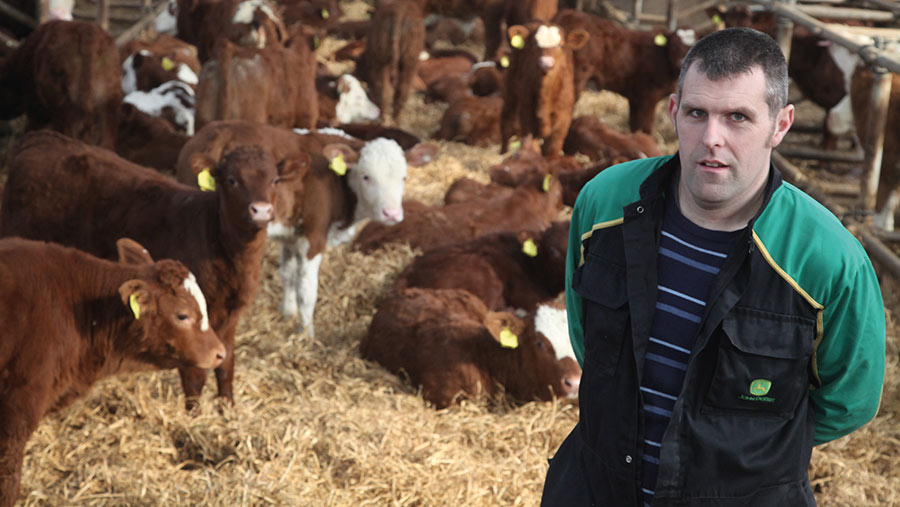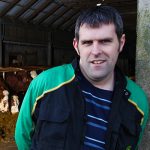Farmer Focus: Wildlife prefers farmed fields to scheme ground
 Steve Sandison © Ken Amer
Steve Sandison © Ken Amer After a very mixed start, we got the silage finished by 19 July.
Some of it was a bit damper than I would have liked, but none of it was tedded more than once and there is no effluent.
Our field of cocksfoot, which I hope to use for bedding, was baled in cracking order. The round bales haven’t changed shape at all, which is a good sign.
See also: Farmer Focus: I won’t bother with paperwork for £22/ha
I remember the worst hay I ever made – the first bales were already going out of shape before the baler had finished the field.
After a few days they were like traffic cones lying on their sides.
Most of the fields are grazed in April or May, heavy-rolled to press down any stones and splatter out the cow pats.
They get slurry and fertiliser for the second time, and we start cutting in early July.
We have a few fields in an agri-environment scheme that can’t have anything done with them from 1 April to 15 May.
It is striking that the fields that have been grazed, and aren’t in the scheme, provide richer pickings for the birds when crops are cut – and for days after the fields are cleared – than the fields in the scheme.
Compare these with a hectare of species-rich grassland that is in its fourth year of the scheme; it is 80% docks, which are about 120cm high and an absolute embarrassment to have on the farm.
It’s a stark contrast to the colourful field margins I’ve often seen on Countryfile. I admit, I haven’t managed it as well as I could, but when I mowed it down, not one bird landed on it.
There is a noticeable absence of birds the rest of the year. Not even the geese bother.
Orkney is well known for the number and density of cattle and for large numbers of ground-nesting birds. Is it a coincidence they are both here in such numbers?
Judging by what I see on our farm, the cattle and sheep help provide food and habitat for so much wildlife.
While future agriculture policy is being discussed in Scotland, I hope those making decisions realise that active farming and wildlife can, and do, go hand in hand.

